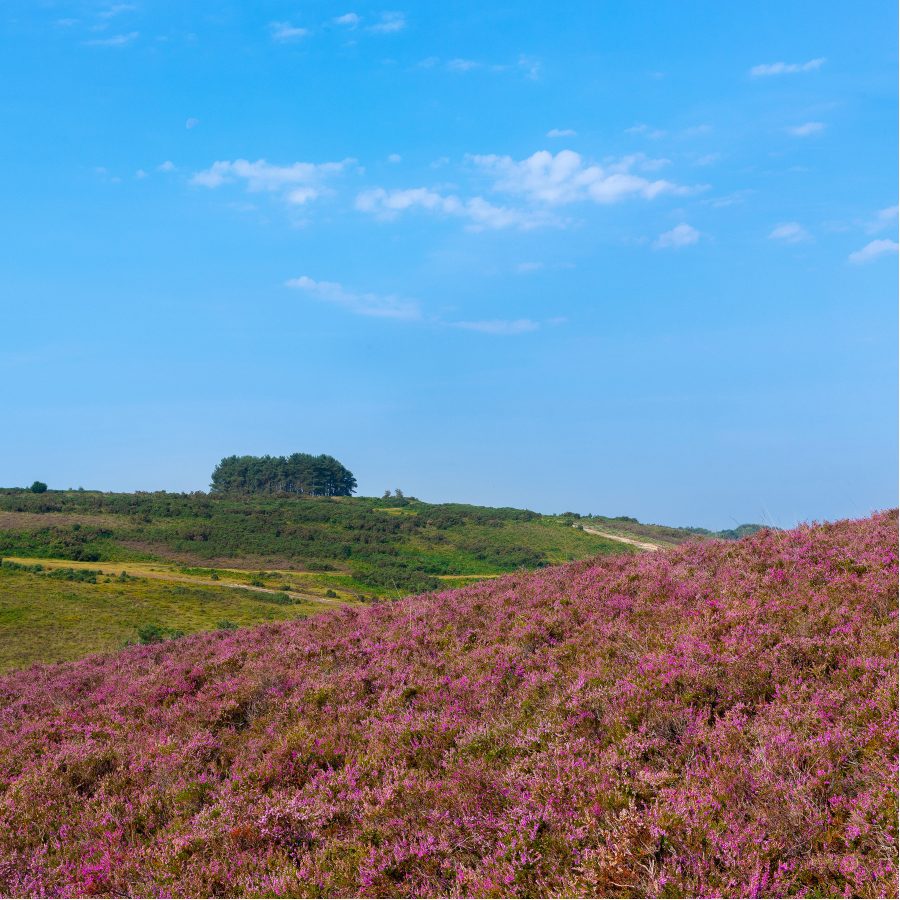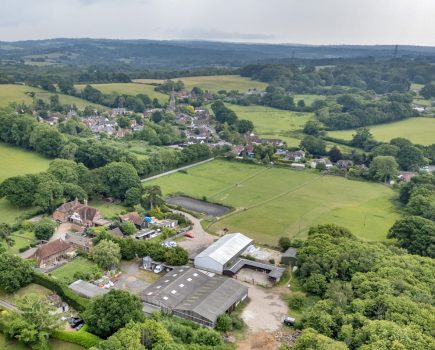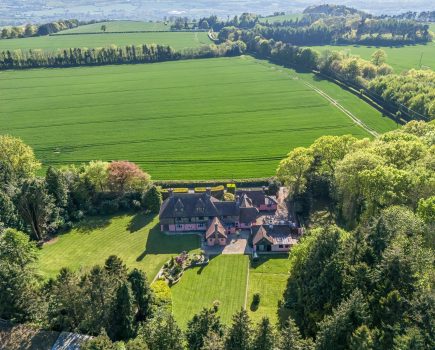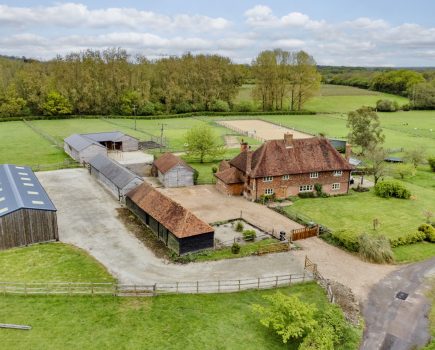Some key messages for farmers have been highlighted by a CLM-run project in Ashdown Forest, as farm and environment consultant Harrison Anton explains
The second application window for DEFRA’s Landscape Recovery (LR) scheme opened recently.
A key part of the Environmental Land Management scheme (ELMS), this aims to help the environment by funding large-scale projects through bespoke, long-term agreements involving groups of farmers and others working together across thousands of acres.
It follows last autumn’s announcement of the 22 projects accepted in the first round, which collectively hope to restore nearly 700km of rivers and protect and enhance 263 species across over 40,000 hectares.
At CLM we’ve been involved in helping shape LR, having run one of DEFRA’s test-and-trials for the scheme in 2022 – an initiative working with landowners, tenant farmers, commoners, charities and public bodies around Ashdown Forest.
This beautiful East Sussex spot, which covers over 10 square miles, is one of the most wildlife-rich areas in the South East, with its lowland heathland and deciduous woodland habitats home to many rare and threatened species; it also attracts more than 1.5 million visitors every year.
Our brief was to advise DEFRA as to how it might shape the rules surrounding LR. We presented them with a draft agreement which we hoped would inform how they structure the bespoke agreements for individual projects.
The test-and-trial considered how to create new habitats and link others, so improving the connectivity and resilience of these areas and the wildlife in them to the threats posed by climate change. We also kept farming revenues, food production, tourism and the potential for species reintroduction in mind, as well as looking at establishing a conservation herd.
Our feedback will hopefully shape the agreements on offer in future. Obviously, the terms of these will vary greatly depending on the objectives, but we found some central themes.
First, the payments clearly needed to be sufficiently high (and flexible) to de-risk the process and make joining an LR scheme appealing to landowners. Key to this is the ability for participants to ‘stack’ payments, particularly from private investment. If the payments on offer are viable, there could be strong interest and it could potentially make up for – or indeed more than cover – the subsidy payments farmers have lost.
There also needs to be a degree of flexibility not currently seen in other agri-environment schemes. This means new members should be able to join a scheme and participants should be able to leave under certain circumstances (perhaps with differing levels of penalty depending on the ‘tier’ of the land within an agreement and the duration they have been in a scheme).
A key element for success, especially when there are various land ownership structures plus different individuals and groups involved – as was the case in the Ashdown Forest trial – is that they share a clear sense of place.
This helps provide a ‘uniting factor’ and a clear set of initial parameters. An iconic location also links them to a common objective. With its history, clear conservation goals and as a destination for recreational activities, Ashdown certainly has a powerful sense of place and ‘story’.
In our test-and-trial we noticed a group mentality quickly developed, even though we had brought the participants together specifically for the purpose. There was a desire to work collectively and to do something which worked for them as individuals as well as for the wider landscape.
We’re optimistic about the potential LR schemes offer farmers and we’ll be watching with interest to see the rules around funding and how stacking can happen. It’s also vital the administration burden doesn’t become preclusive, which is a risk given the bespoke nature of projects and their long-term ambitions (perhaps 20-plus years).
Having a central body managing each LR project will also be important. This is likely to be a single legal entity which can drive the direction of the project while incorporating the views of the wider group. In Ashdown Forest, for example, the conservators, who manage it on behalf of the owners, the Ashdown Forest Trust, would be the logical body to do this.
According to James Adler, Ashdown Forest’s chief executive, the test-and-trial successfully brought together a range of individuals and groups; everyone from landowners and tenants to commoners, the RSPB, town councils and the Ministry of Defence.
“We talked together about the idea to work collectively on some really big ideas to deliver food production, conservation, climate resilience, carbon sequestration, water protection and alternative funding,” he said. “The ideas really started to flow and the trial created a great energy. Our neighbours and Ashdown Forest could achieve so much.
“We’re looking at how we can make LR work to turn around nature’s loss while supporting our farming community, and intend to apply during the second round of the scheme.
“We are proud to look after such an attractive, unique and treasured landscape and the ambition is to make it bigger, better and more joined up.”
For more like this, sign up for the FREE South East Farmer e-newsletter here and receive all the latest farming news, reviews and insight straight to your inbox.







